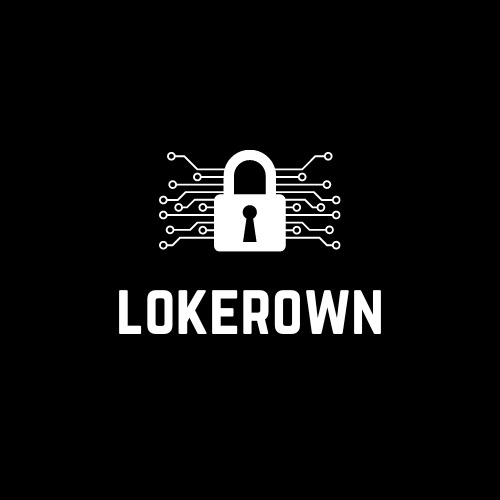Navigating the sale-leaseback process can be complex, but with the guidance of a professional sale-leaseback advisor, businesses can unlock capital while retaining control of their assets. This financial strategy allows a company to sell an owned property to a buyer and simultaneously lease it back, ensuring continued use without the burden of ownership. Understanding the step-by-step process helps organizations make informed decisions and maximize benefits.
1. Assess Your Business Needs
The first step is evaluating why a sale-leaseback might be advantageous for your company. Common reasons include freeing up capital for expansion, paying down debt, or funding operational improvements.
A sale-leaseback advisor can help assess the financial health of your business and determine whether this strategy aligns with your short- and long-term goals.
2. Select a Qualified Sale-Leaseback Advisor
Partnering with an experienced advisor is crucial. They provide expert guidance, identify potential buyers, and negotiate terms to protect your interests.
Advisors also ensure the transaction complies with legal and regulatory requirements, reducing the risk of costly mistakes.
3. Conduct Property Valuation
A comprehensive property valuation is essential before entering any agreement. This involves evaluating the market value of your property based on factors such as location, condition, and comparable sales.
A professional advisor will work with appraisers to ensure your property is accurately priced, maximizing the capital you can unlock.
4. Identify Potential Buyers
Once the property value is established, the next step is finding a suitable buyer. Your advisor will leverage their network to connect with investors or institutions interested in sale-leaseback arrangements.
They can also pre-screen buyers to ensure reliability and financial stability, which is critical for maintaining a long-term lease agreement.
5. Negotiate Terms and Leaseback Agreement
Negotiation is a key phase in the sale-leaseback process. Your advisor will help structure favorable lease terms, including rent, duration, and renewal options. They ensure the leaseback agreement protects your rights and allows uninterrupted use of the property, while the buyer achieves a suitable return on investment.
Additionally, your advisor can help include clauses for flexibility in case your business needs change, and provisions to address maintenance responsibilities and potential property improvements.
6. Complete the Sale and Legal Documentation
After negotiating terms, legal documentation must be prepared. This includes the sale contract, leaseback agreement, and any compliance documents required by local laws.
A sale-leaseback advisor coordinates with attorneys, accountants, and other professionals to ensure all paperwork is accurate and complete.
7. Transition and Ongoing Management
Once the transaction is finalized, the business can continue operations at the property under the new lease terms.
Advisors often provide guidance on ongoing lease management, helping address any issues that arise and ensuring compliance with contractual obligations.
Conclusion
The sale-leaseback process is a strategic way to unlock capital while retaining operational control of key assets. Partnering with a knowledgeable sale-leaseback advisor simplifies each step, from assessing business needs to managing the lease post-sale. With professional guidance, businesses can execute these transactions efficiently, minimize risks, and use the freed-up resources to fuel growth and innovation.






